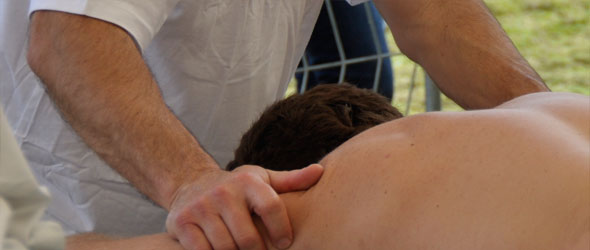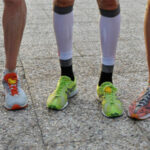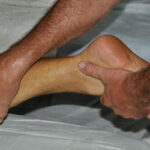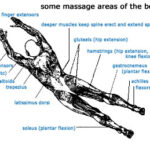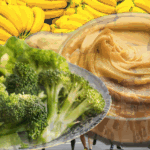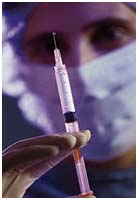The ancient Chinese art of Acupressure Massage
Acupressure is a type of massage based on the ancient Chinese art of acupuncture. Acupuncture, along with herbal medicine, composes traditional Chinese medicine. Only recently has the amount of research, publication, and interest in acupuncture in Western medical literature increased dramatically.
Acupuncture points lie along a series of meridians that run throughout the body. These points are named according to the meridian on which they lie. Whenever there is a pain or illness, certain points on the surface of the body become tender. When pain is eliminated or the disease is cured, these tender points seem to disappear. According to acupuncture theory, stimulation of specific points through needling can dramatically reduce pain in areas of the body known to be associated with a particular point. Thousands of acupuncture points have been identified by the Chinese.
There is evidence for the physical existence of these points. The electrical resistance of the skin at certain points corresponding to the acupuncture points is lower than that of the surrounding skin, especially when a disease state is present.
Examining acupuncture points by sectioning indicates increased nerve endings at these points. Despite this evidence, there is no definite physical attribute of all acupuncture points, nor is there a thoroughly demonstrated mode of action for the technique. Whatever the explanation, it appears that the locations and effects of stimulating specific acupuncture points for the relief of pain have been determined empirically (knowledge gained through experiment).
In Western medicine, the counterpart of the acupuncture point is the trigger point. Trigger points, like acupuncture points, are associated with visceral (internal organs of the body) structures; stimulating of these points has also been proved to relieve pain.
Physiological explanations of the effectiveness of acupressure massage may likely be attributed to some interaction of the various mechanisms of pain modulation.
With the use of acupuncture charts specific points are selected, which are described in the literature as having some relationship to the area of pain. The charts provide a general idea of the location of these points. Two techniques may be used to specifically locate acupressure points. Because it is known that electrical impedance is reduced at acupuncture points, an ohmmeter may be used to locate the points. Perhaps the easiest technique is simply to palpate the area until either a small fibrous nodule or a strip of tense muscle tissue that is tender to the touch is felt.
After the location of the pain, massage is begun using the index or middle fingers, the thumb, or the elbow. Small circular motions are used on the location (point). Patient tolerance will determine the amount of pressure applied to these acupressure points ; however, it must be intense and will likely be painful to the patient. Generally, the more pressure tolerated, the more effective the treatment.
Effective treatment times range from 1 to 5 minutes at a single point per treatment. To achieve the greatest effects it may be necessary to massage several points during the treatment . In this instance, it is best to work distal (furthest from heart) points first and to move proximally (closest to the heart).
During massage, the patient may mention a dulling or numbing effect and will often mention that the pain has lessened or subsided totally during the massage. These effects may last for only a short while however in some it may last for several hours.
This article follows on from the Procedures of Massage post which listed the five basic massage categories: effleurage, petrissage, friction, tapotement, and vibration as well as Cyriax (deep transverse friction)
View the various articles related to Sports Massage :
- The Sports massage section
- Definition of massage by John Hooper
- Sports massage all the responses
- Procedures of Massage
- Effective Massage
Disclaimer
Please note that Time-to-Run at all times recommends the use of professional sports masseurs, these notes are primarily to assist you in understanding the use and practice of massage and it’s various techniques. Applying any of these techniques by those not qualified to do so, is done at your own risk






















